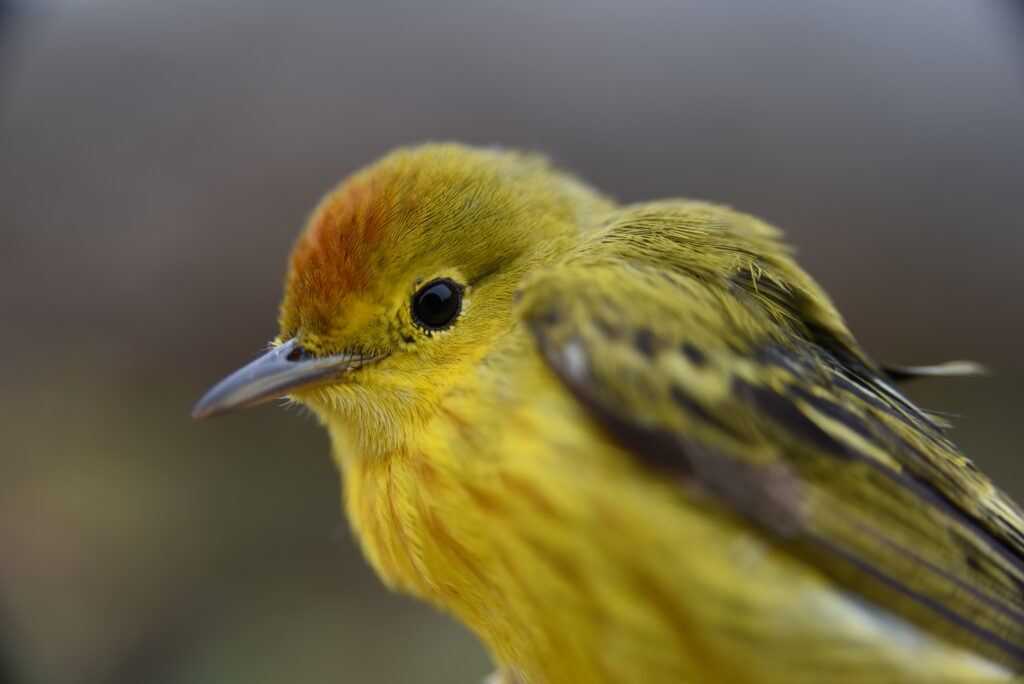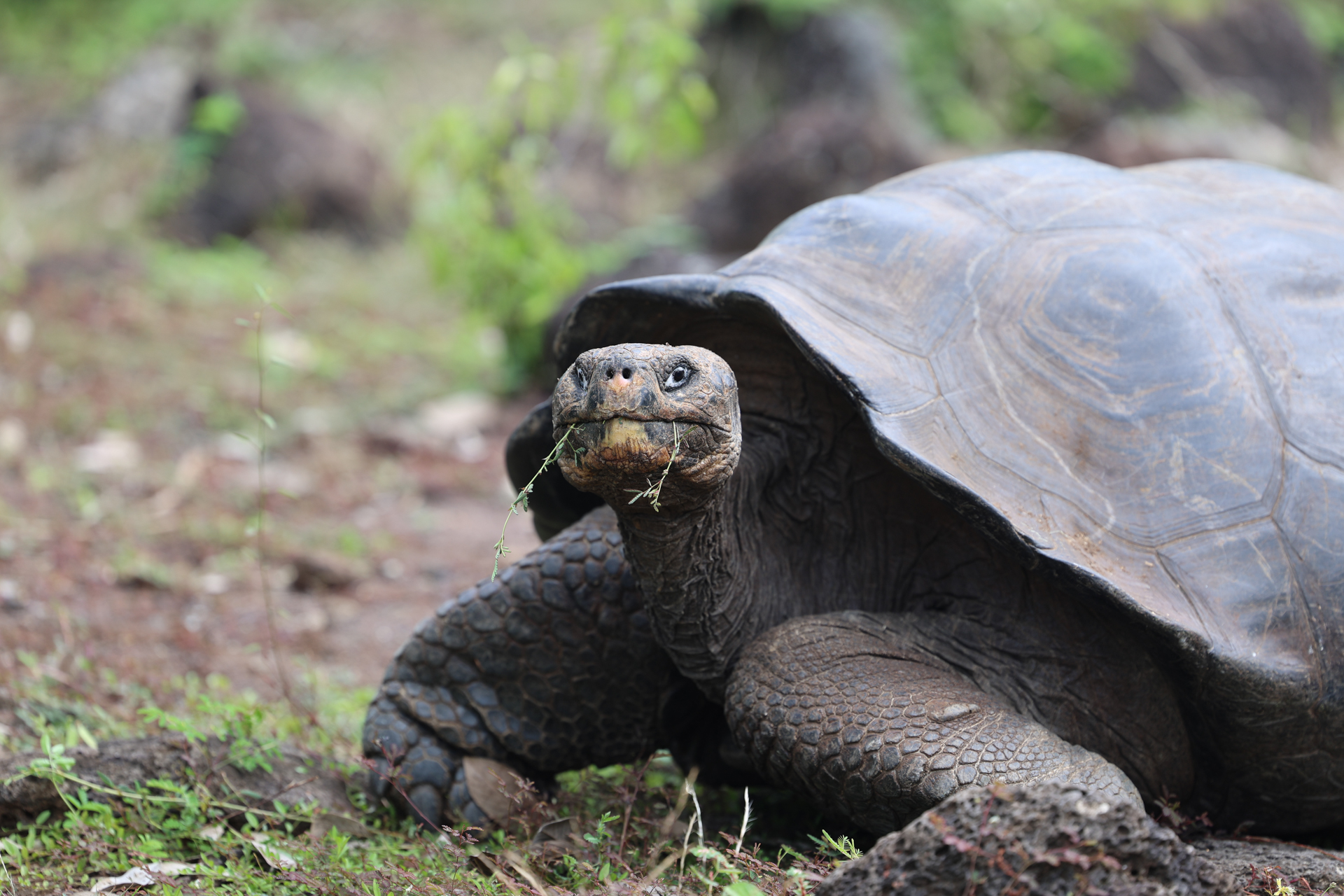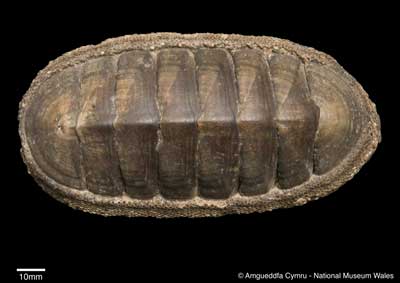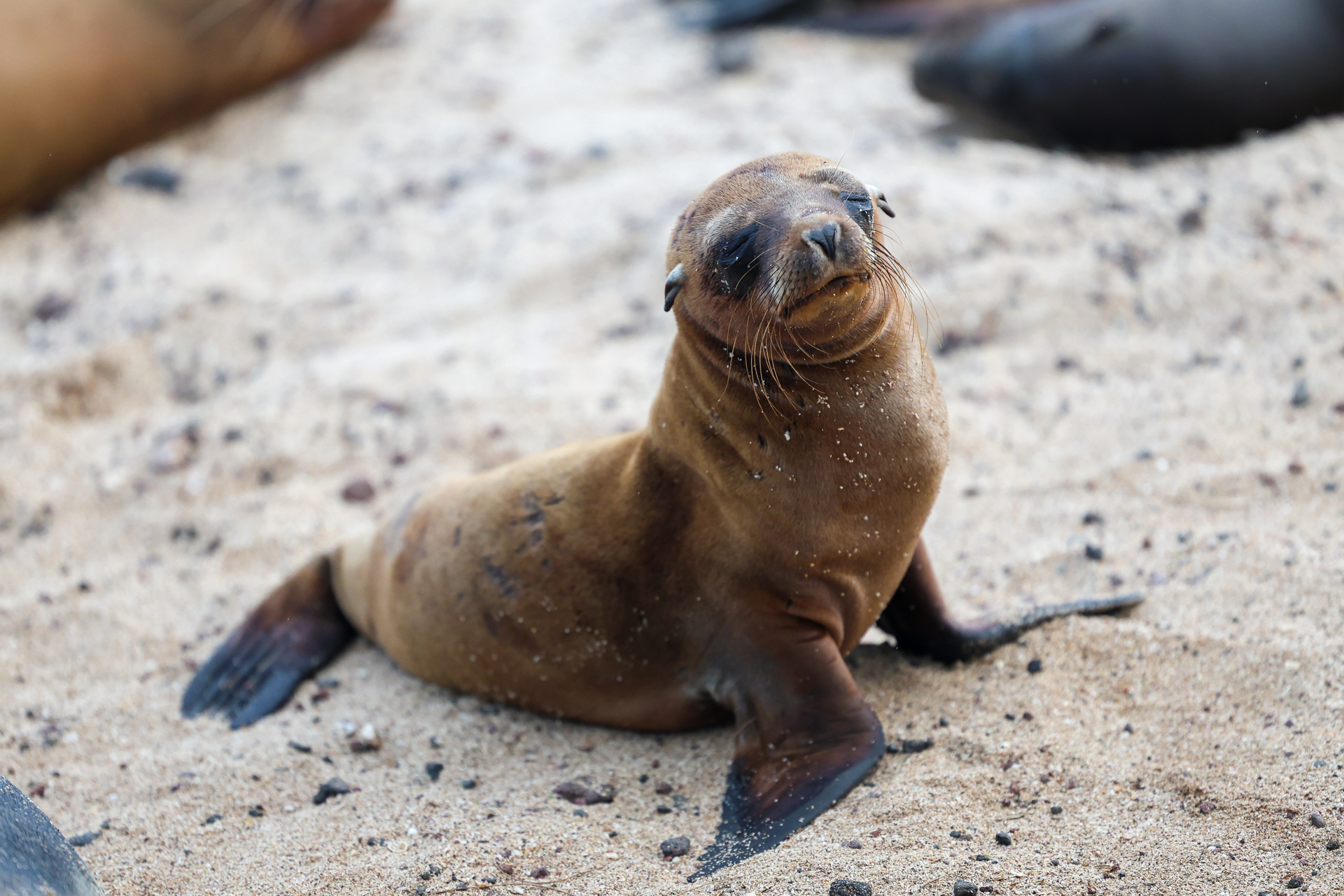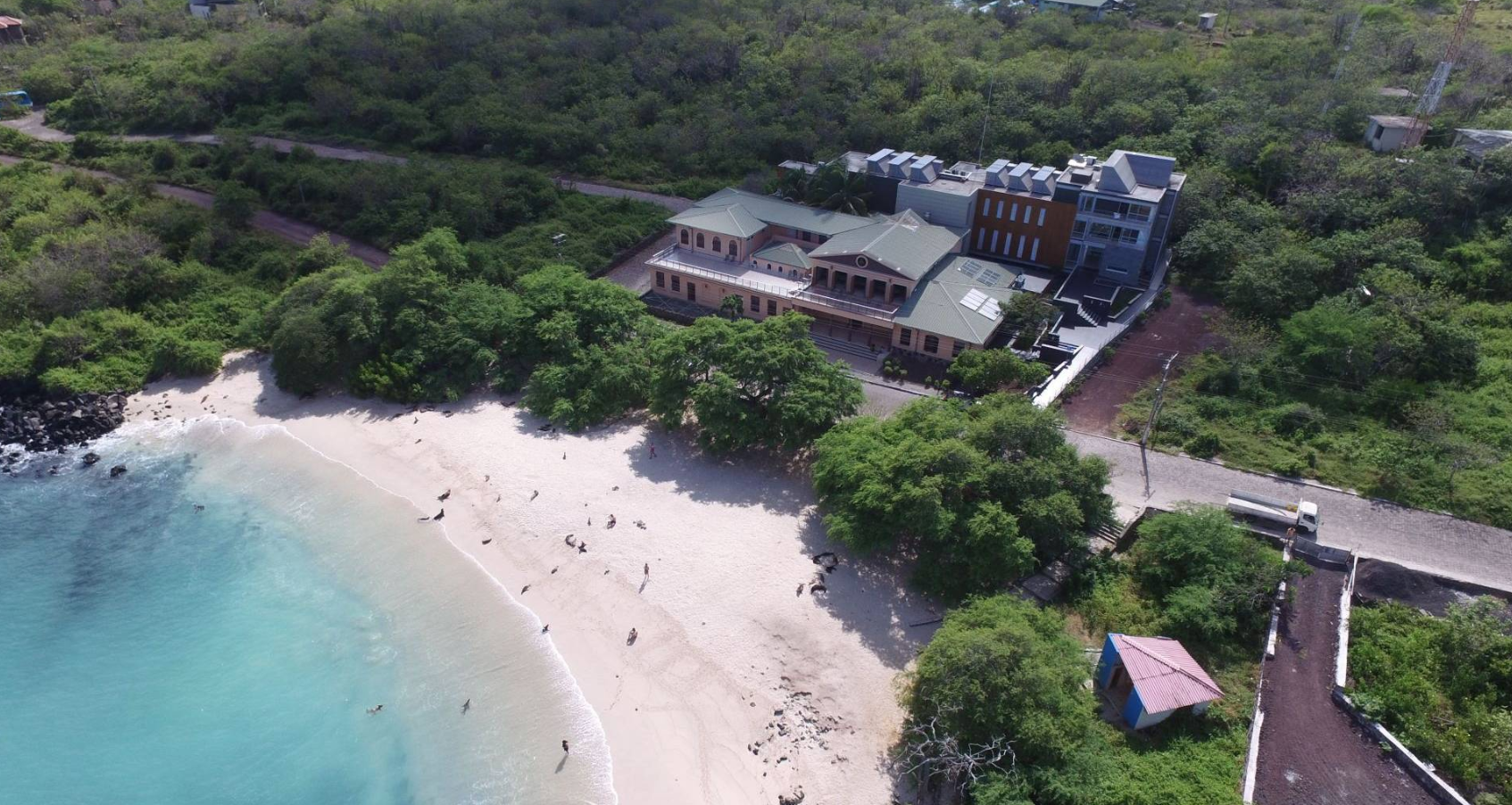Photo: Jack Dumbacher
This study analyzed how land use changes affect two bird species in the Galápagos: the small ground finch (Geospiza fuliginosa) and the yellow warbler (Setophaga petechia aureola). The goal was to understand whether habitat alterations, caused by urbanization and agriculture on human-populated islands, affect their size, weight, and levels of the hormone corticosterone, which is linked to stress.
Between 2018 and 2019, researchers observed birds in different environments on San Cristóbal Island: green spaces within urban areas, natural lowland forests, agricultural farms, and humid highland forests. This allowed them to compare how birds adapt to areas with varying levels of human influence.
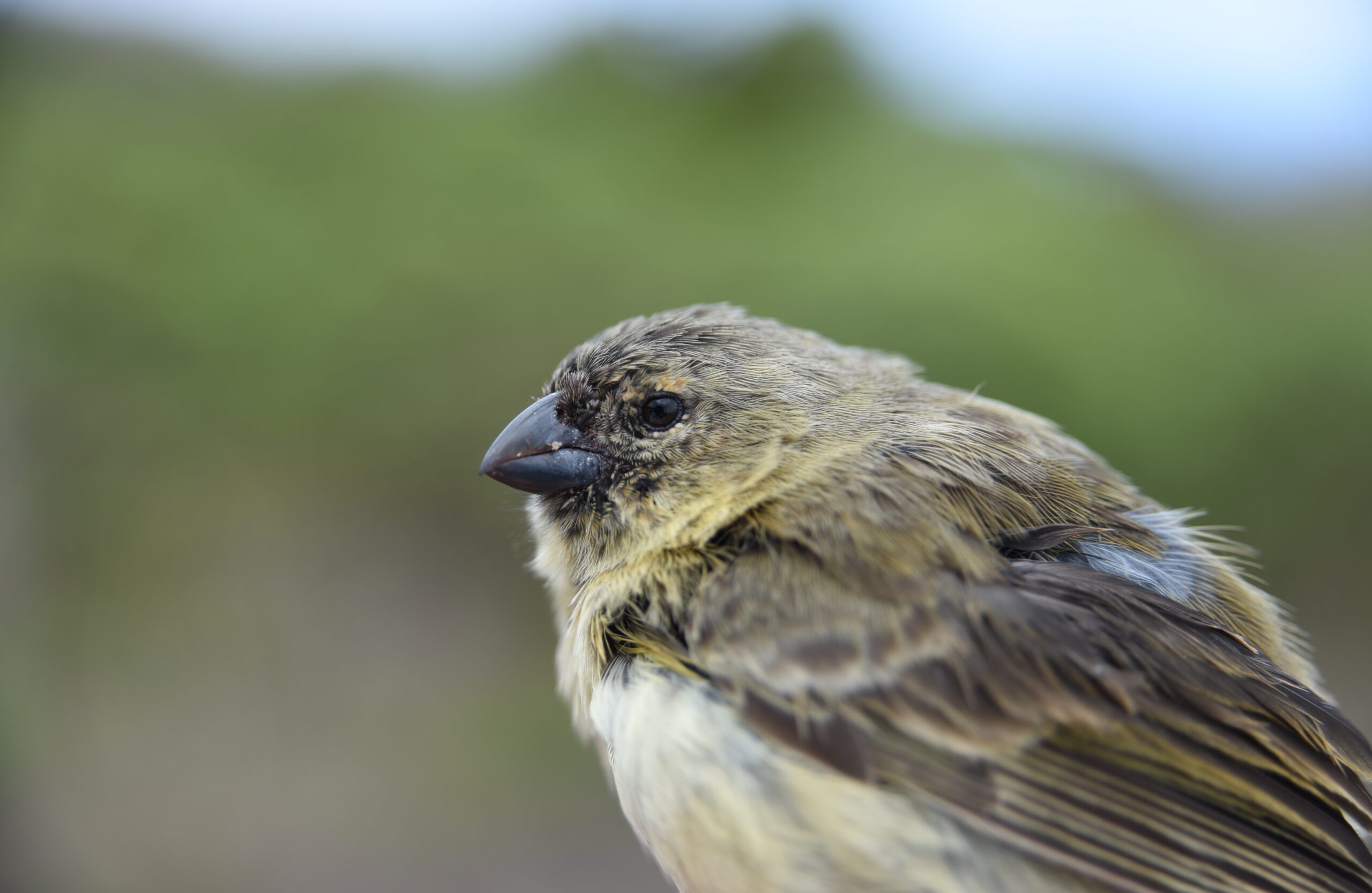
Photo: Jack Dumbacher
The results showed that urban finches (Geospiza fuliginosa) tend to be heavier and have shorter wings and legs compared to those in natural areas. They also had higher corticosterone levels, suggesting that urban life may cause increased stress. In the yellow warbler (Setophaga petechia aureola), the most notable difference was that individuals living in humid forests had broader beaks than those in urban areas.
This study highlights how the environment shapes birds’ physical traits and well-being, showing that each species responds differently to habitat changes. These findings are crucial for understanding the impact of human activity on Galápagos wildlife and contribute to the development of effective conservation strategies in the region.
Read the full article here: https://doi.org/10.1186/s40850-025-00221-7

